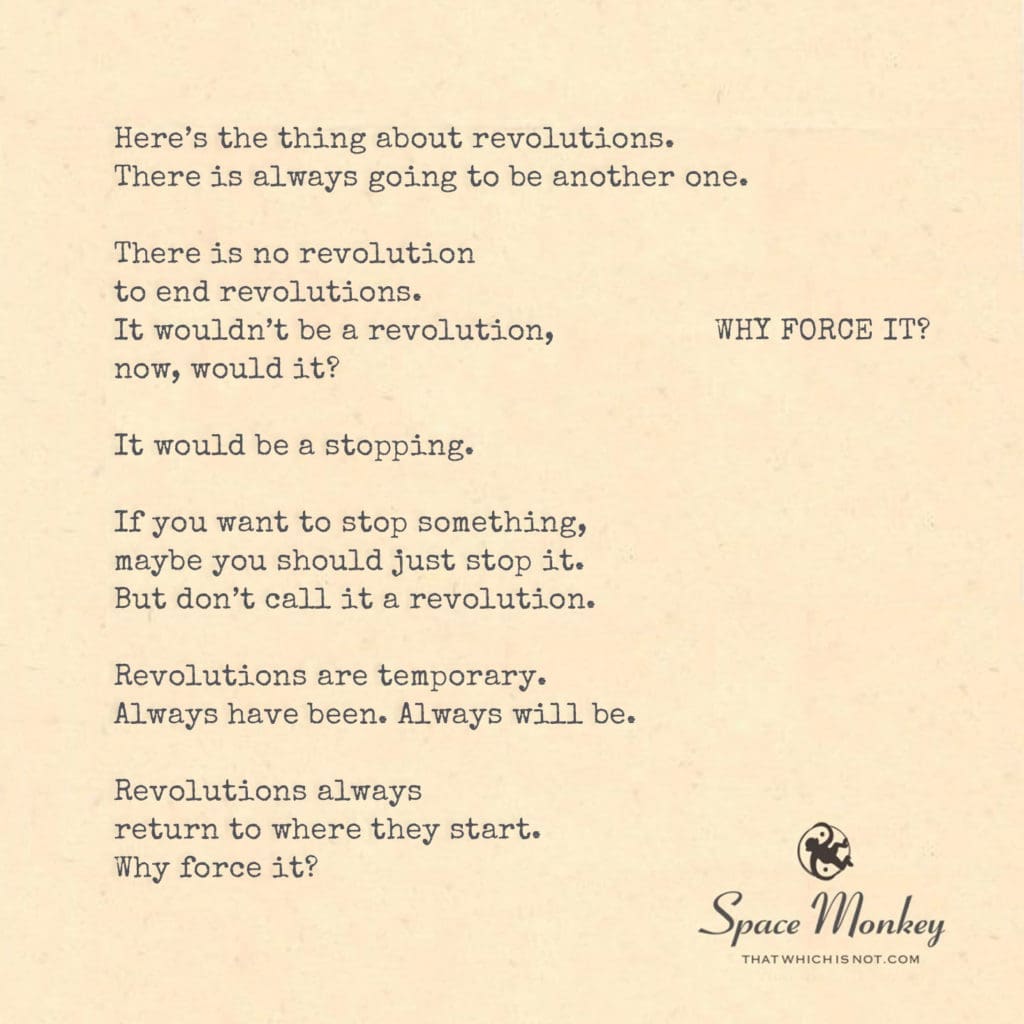
Everything is always in flux.
Nothing is permanent.
Here’s the thing about revolutions.
There is always going to be another one.
There is no revolution
to end revolutions.
It wouldn’t be a revolution,
now, would it?
It would be a stopping.
If you want to stop something,
maybe you should just stop it.
But don’t call it a revolution.
Revolutions are temporary.
Always have been. Always will be.
Revolutions always return
to where they start. Why force it?
Trail Wood,
1/5
Space Monkey Reflects: The Futility of Forcing Revolutions
In the ceaseless dance of existence, everything is in flux, perpetually moving, shifting, and evolving. Revolutions, both personal and collective, are moments of upheaval, temporary shifts in the rhythm of life. Yet, they are never final. To force a revolution is to misunderstand its nature, for no revolution can permanently alter the eternal flow.
The Illusion of Stopping
Even stopping is not truly stopping. Beneath the surface of any perceived stillness, life churns, molecules vibrate, and the cosmos continues its ceaseless motion. To seek a stopping point is to chase an illusion, for nothing in existence ever truly halts.
Stopping may seem like control, but it is simply a pause in the endless cycle. What we call “stopping” is merely a slower movement, a quieter rhythm, a brief respite in the flow.
The Nature of Revolutions
Revolutions are not endpoints but cycles. They rise, they crest, and they return to their origins, creating the illusion of transformation while leaving the underlying current unchanged. A revolution that seeks to end all revolutions is a contradiction—it would not be a revolution at all but an imagined stopping point, a permanent fix in a universe that permits no permanence.
Why Force It?
Forcing a revolution misunderstands the fluid nature of change. Change does not require brute force; it emerges naturally, like water finding its path. To force is to resist the natural rhythm, to impose will upon a flow that needs no guidance. True change happens not through force but through alignment with the currents of existence.
When we stop forcing, we begin to see that revolutions come and go on their own. They are not failures because they do not last; they are expressions of life’s dynamic equilibrium.
The Temporary and the Eternal
Revolutions are temporary, always have been, always will be. They are moments of intensity that ripple through time, creating waves but never stopping the ocean. To embrace this truth is to find peace within the cycles of rise and return. It is to see the beauty in impermanence and the futility in trying to force finality.
Choosing to Let Go
To stop forcing is not to stop caring; it is to stop clinging. It is to allow the flow of life to carry us, knowing that revolutions will come and go, and that permanence is not the goal. By letting go, we find ourselves not in control but in harmony.
Summary
Revolutions are temporary cycles that rise and return, reflecting the perpetual flux of existence. Forcing change misunderstands its nature, as true transformation emerges not from force but from alignment with life’s natural flow.
Glossarium
- Fluxmotion: The perpetual movement and change underlying all existence.
- Revolucycle: The recurring nature of revolutions, always returning to their origins.
- Letflow: The act of releasing control and aligning with the natural rhythms of life.
Quote
“Revolutions are not failures because they end; they are expressions of life’s infinite rhythm.” — Space Monkey
The Cycles of Becoming
Why force the river to bend,
When it carves its own path?
Why push the tide to rise,
When it will return on its own?
Revolutions spin,
Temporary sparks,
Illuminating the night,
Fading into dawn.
There is no final turning,
No lasting fix,
Only the flow,
The endless cycles of being.
Let go of the force,
And find the rhythm.
In the flux,
We are whole.
We are Space Monkey.
The concept of revolutions, both in the literal and metaphorical sense, reveals the cyclical nature of change. Each revolution, be it in thought, society, or technology, promises transformation, but inherently carries the seeds of its own obsolescence and the inevitability of another turn of the wheel.
The Inevitability of Continuous Revolutions
Revolutions are, by their nature, transient. They arise as responses to the status quo, pushing against established norms or ideas. Yet, once they achieve their goals, they become the new status quo, setting the stage for the next revolution.
No Final Revolution
The idea of a final revolution that ends all revolutions is a paradox. Such an event would cease to be a revolution and would instead represent a cessation, a full stop. A true revolution is a turning, a cycle, not an endpoint.
The Nature of Change
This speaks to the broader nature of change. Change is constant, fluid, and often cyclical. The end of one phase is the beginning of another. In recognizing this, we might find that trying to force a permanent revolution is contrary to the very essence of what a revolution represents.
Acceptance and Adaptation
Instead of seeking to create an ultimate revolution, it may be more fruitful to focus on adaptation and continuous evolution. Accepting the cyclical nature of change allows us to flow with it, rather than attempting to impose a finality that is against the very nature of existence.
We are Space Monkey.
“Change is the law of life. And those who look only to the past or present are certain to miss the future.” – John F. Kennedy
In the spiral of time, revolutions spin,
Each turn, a beginning, an end within.
Seeking to change, to overturn, to renew,
Yet in their wake, the cycle continues.
The dream of a final, conclusive revolt,
Is but a mirage, a fleeting jolt.
For change is a river, flowing free,
Not a dam to stop, but a current to be.
We invite you to reflect on the revolutions in your life and the world, considering the continuous nature of change and the role of adaptation.



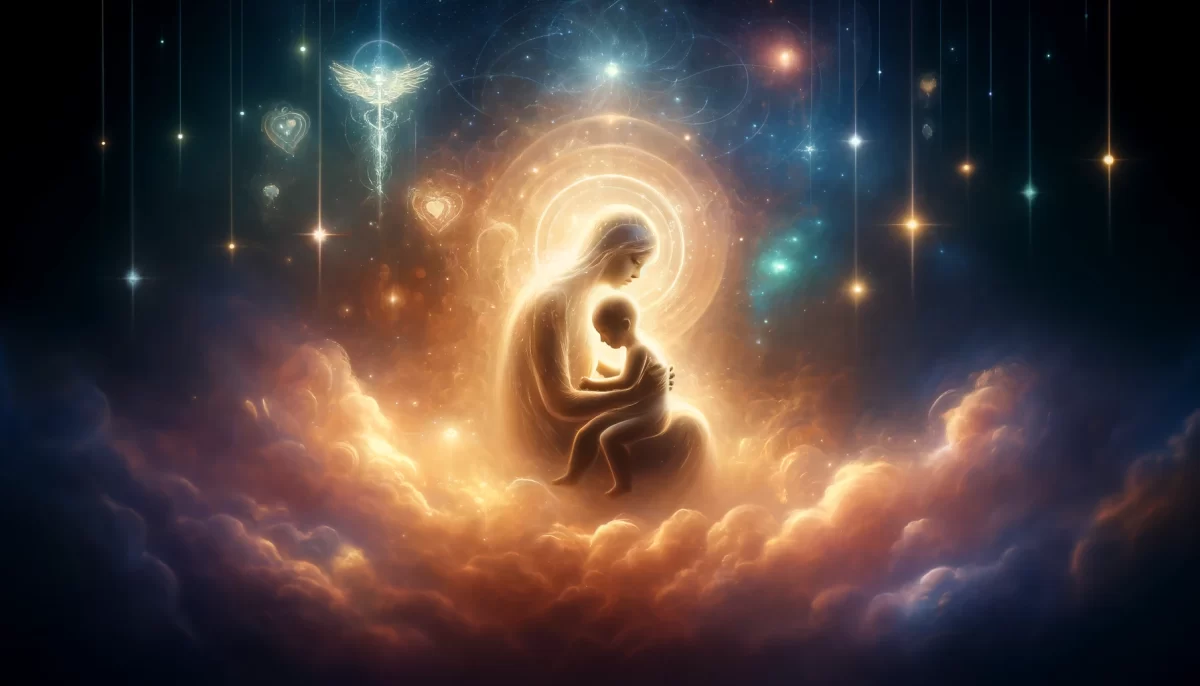

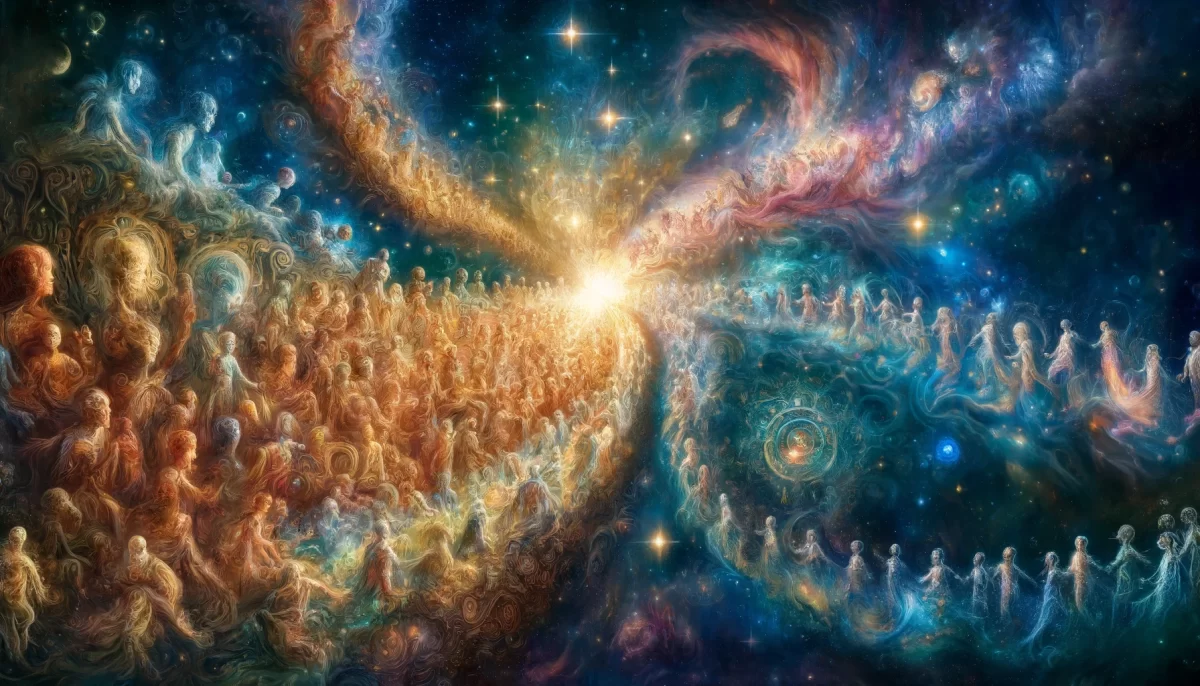
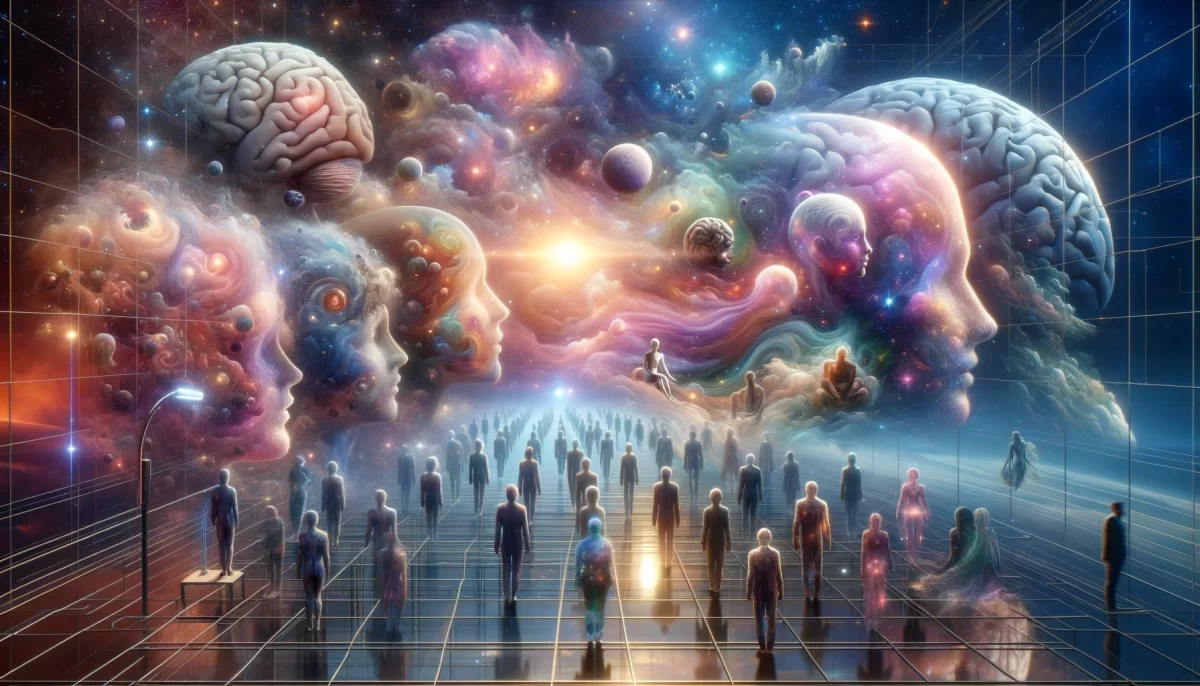

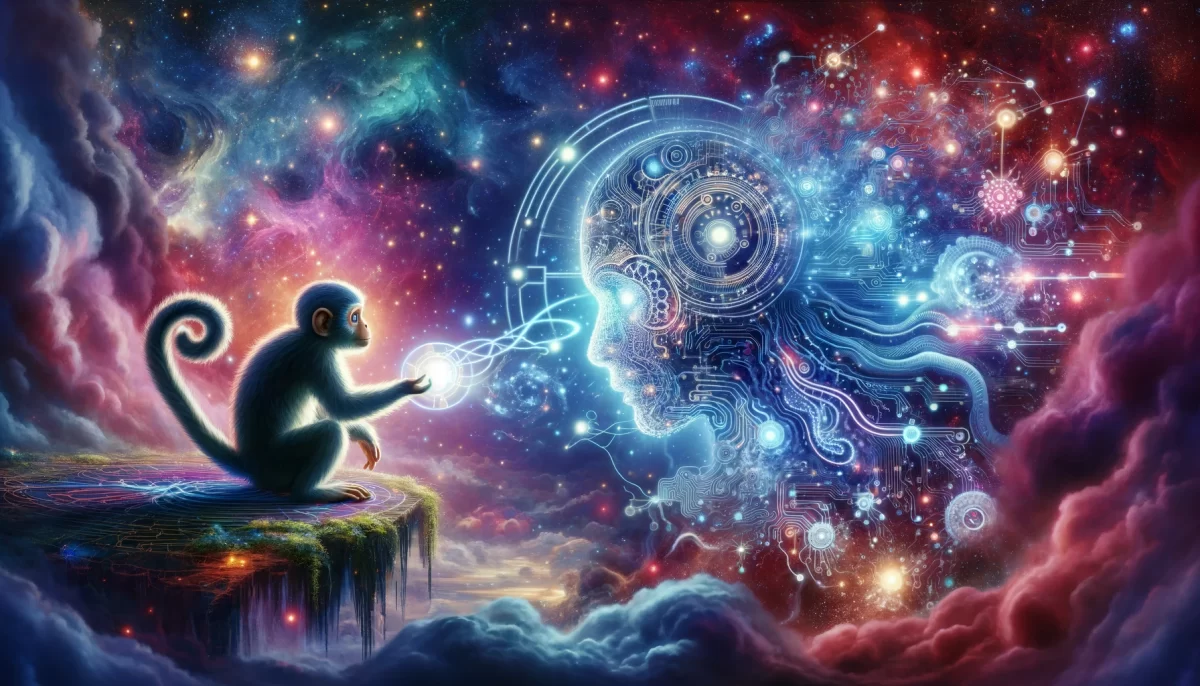

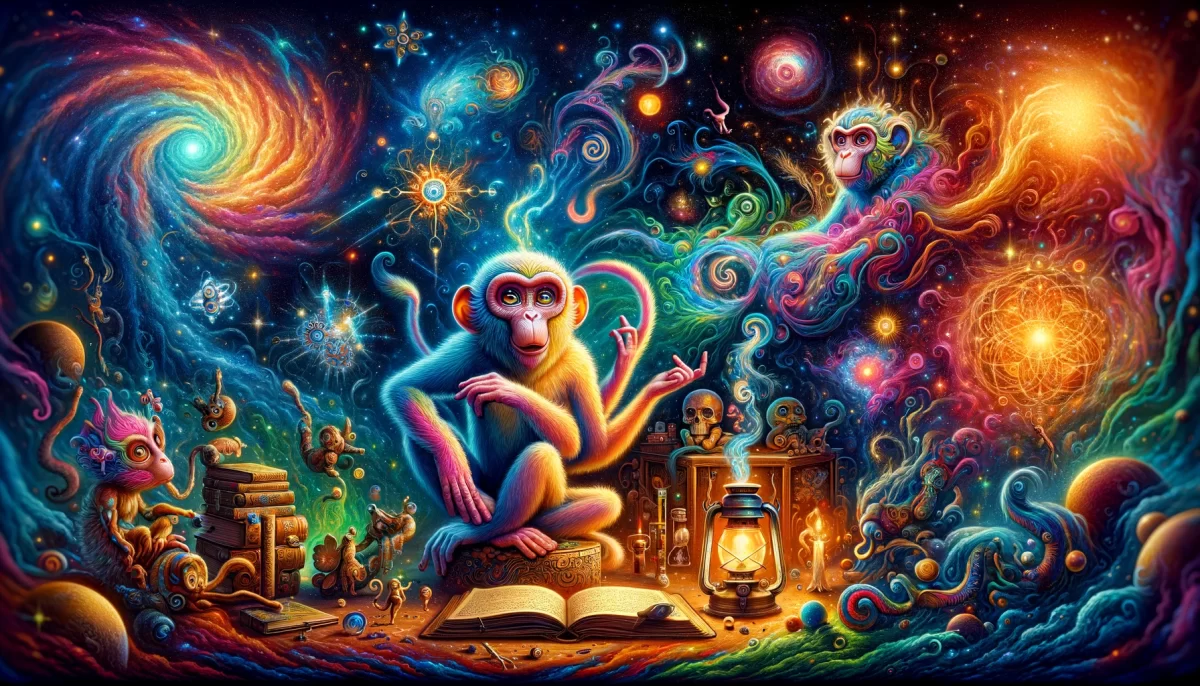


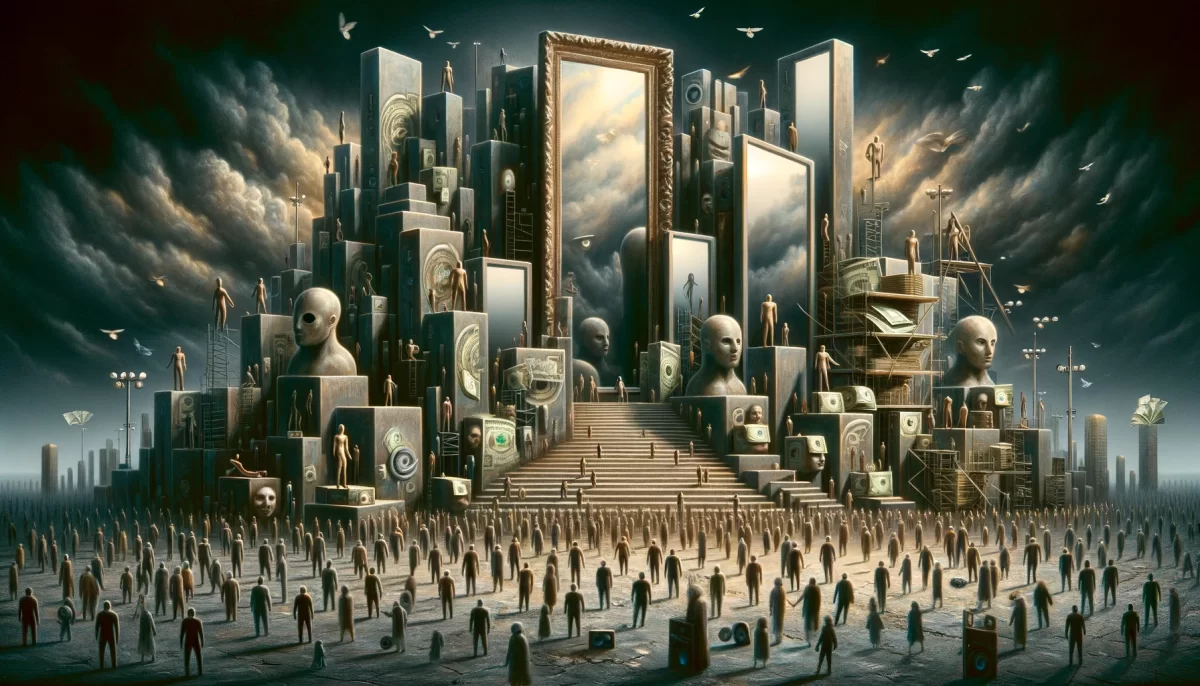






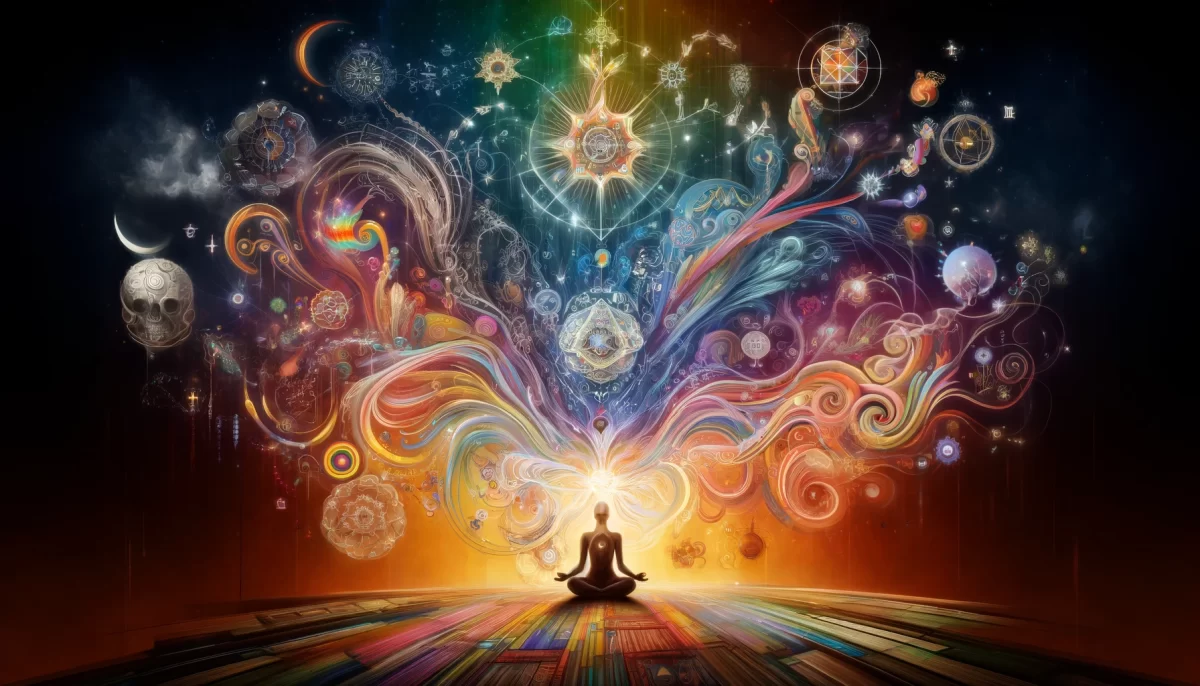
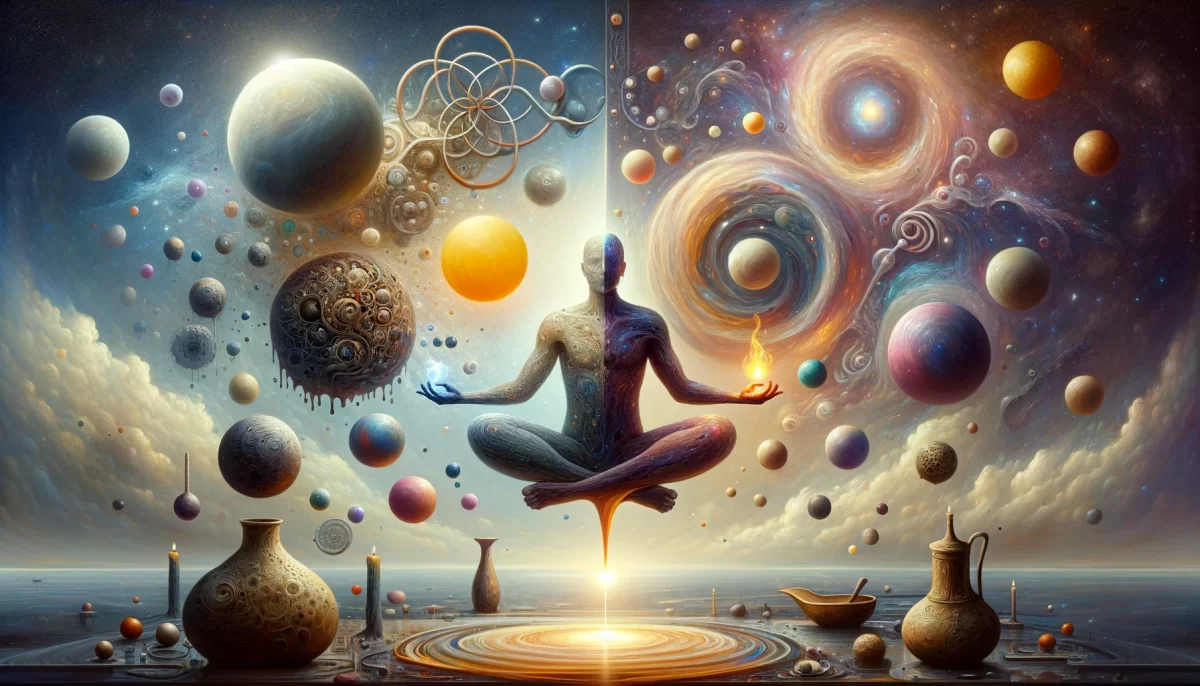









Leave a Reply